Premium Only Content
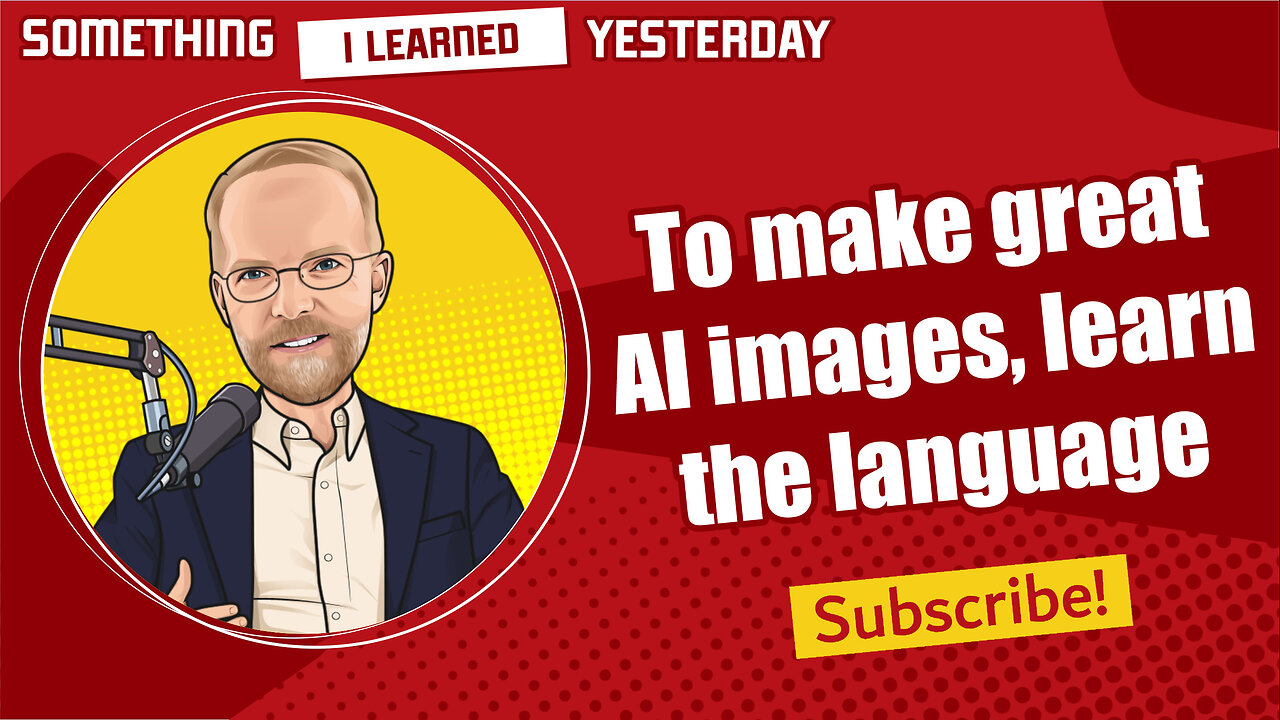
187: Learn the language of AI image generation
For better AI images, learn the language
When my oldest child was a lad and we’d go for walks in the woods, I told him a story about two brothers who went hiking. When they got home, their father asked what they saw. The first boy said, “A bunch of trees and some birds.” The second boy said, “There were a lot of sweetgum and birch trees, but we saw a stand of old poplars, a little grove of white oaks, and few red oaks, and lots of maples. There were a ton of robins, and I heard Carolina Chickadees and cardinals. I think I saw a red-tailed hawk up in a tree, and there were a lot of downy woodpeckers too.”
I’d ask my son which boy got more out of the walk.
There’s something analogous when you use an AI image generator.
If I just say “make me an image of somebody reading an email,” I might get a nice result, but there are so many options for stylizing images.
Here’s a very partial list.
Watercolor
Oil painting
Pencil sketch
Charcoal drawing
Pixel art
Graffiti art
Plasticine
3-d model
Layered paper
Blacklight
Diagramatic drawing
Infographic drawing
Stained glass window
Knolling
Game sheet
Cartoon image
Whimsical animation
Simplified structures
Historical illustrations
Anime
Cyberpunk futurism
In addition to that, you can say “in the style of” and then list some artist you like.
Vincent van Gogh, Georgia O'Keeffe, Jackson Pollock, or you can mention a more modern art style, like Shintaro Kago, or Jack Kirby, or whatever you like.
Then there’s a whole range of other specs you can provide.
Aspect Ratio is the ratio between the width and height. 9:16 would be typical for a portrait.
You can specify a camera angle or perspective, such as “bird’s-eye view,” or eye-level.
Some images might be more appropriate in harsh shadows, or soft lighting. You can even use a time of day, like twilight.
Different textures work better for different images – like glossy or matte or smooth.
I don’t know much about cameras, but you can specify what kind of camera, what shutter speed, aperture settings, etc.
What kind of weather do you want?
Is there a relevant historical setting or context?
Should it be futuristic, or fantastical?
I’m not well versed in all these things. I know what I like when I see it, but I can’t tell you what style or artist I would like to imitate.
There’s a whole language to learn about AI art. But here’s an interesting hack. You can use one AI to help with another AI.
For example, I can use ChatGPT to help with my Midjourney prompt.
If you’re in the business of creating images to go along with articles, start paying attention to different styles of images. Do you want TRON, Tim Burton, Lord of the Rings, MAD Magazine, Frank Frazetta, Norman Rockwell?
Do you want to create your own style to go with your brand? Learn the words that can communicate your style to the AI image generators.
There are a lot of websites that have examples of prompts for images. You can learn a lot by going through these lists and looking for examples. Read the prompt they use and learn from it.
Try to develop your own style, and what words and settings will enforce that style with the image generator.
-
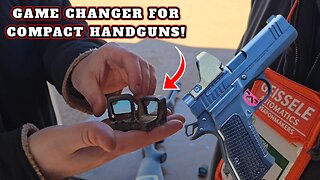 4:49
4:49
Tactical Advisor
3 days agoBest Small Handgun Optics | CH PWS Shot Show 2025
5.94K1 -
 1:01:21
1:01:21
In The Litter Box w/ Jewels & Catturd
22 hours agoI've Got Your Proof - Right Here! | In the Litter Box w/ Jewels & Catturd – Ep. 745 – 2/19/2025
61.3K23 -
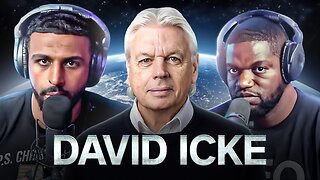 2:14:30
2:14:30
FreshandFit
6 hours agoDavid Icke On COVID Lies, Censorship, Secret Societies, Infiltration of MAGA, AI Control, Alternative Media Subversion And MORE!
85.1K35 -
 1:41:41
1:41:41
The Quartering
8 hours agoTrump's New IVF Order, GameStop CEO Denounces Wokeness Amid Sale, and Elon Musk's DOGE Role Revealed
92.3K54 -
 LIVE
LIVE
Dr Disrespect
7 hours ago🔴LIVE - DR DISRESPECT - TARKOV - ZERO TO HERO PISTOL ONLY
2,404 watching -
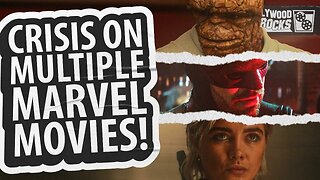 1:55:42
1:55:42
Film Threat
8 hours agoCRISIS ON MULTIPLE MARVEL MOVIES! | Hollywood on the Rocks
17.7K -
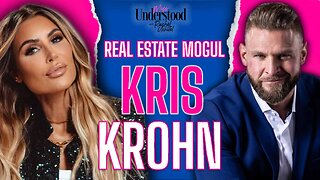 49:19
49:19
Miss Understood With Rachel Uchitel
1 day agoKris Krohn: The Real Estate Playbook for Financial Freedom
51.7K3 -
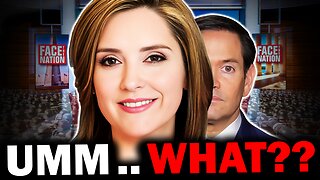 15:24
15:24
Bearing
9 hours ago"N*ZI GERMANY HAD TOO MUCH FREE SPEECH" - Brain Dead CBS Anchor Gets SCHOOLED 😂
13.7K30 -
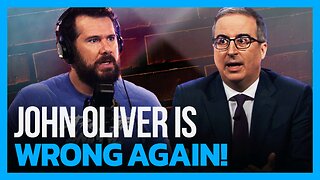 23:18
23:18
Crowder Bits
10 hours agoDebunked: John Oliver's Outrageous Lies About Trump 2.0
122K52 -
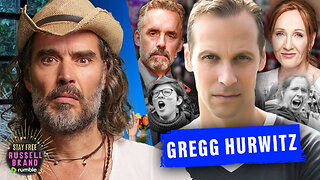 1:59:18
1:59:18
Russell Brand
7 hours agoThe Battle for Truth: Gregg Hurwitz on Myth, Power & Cultural Control – SF540
158K70